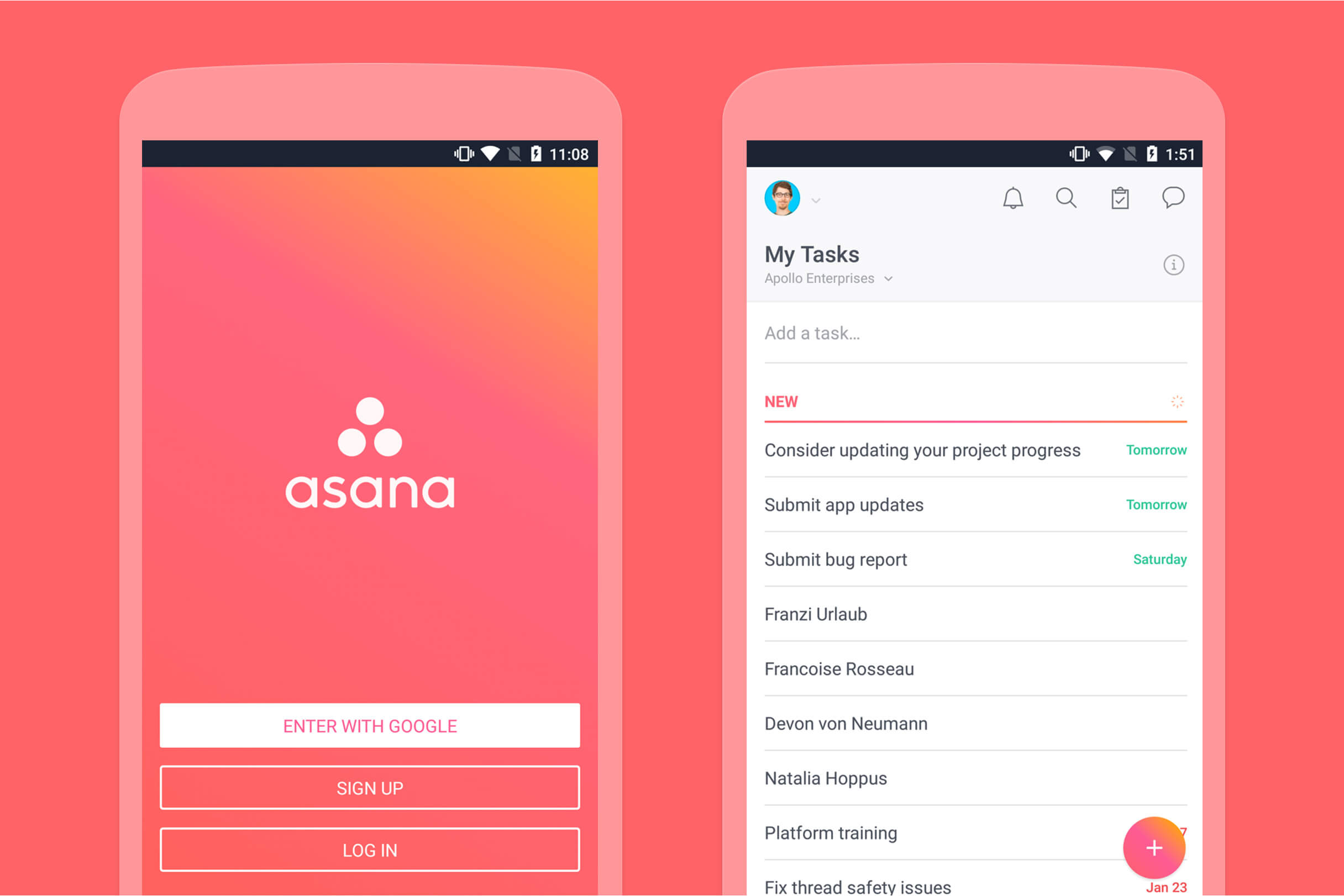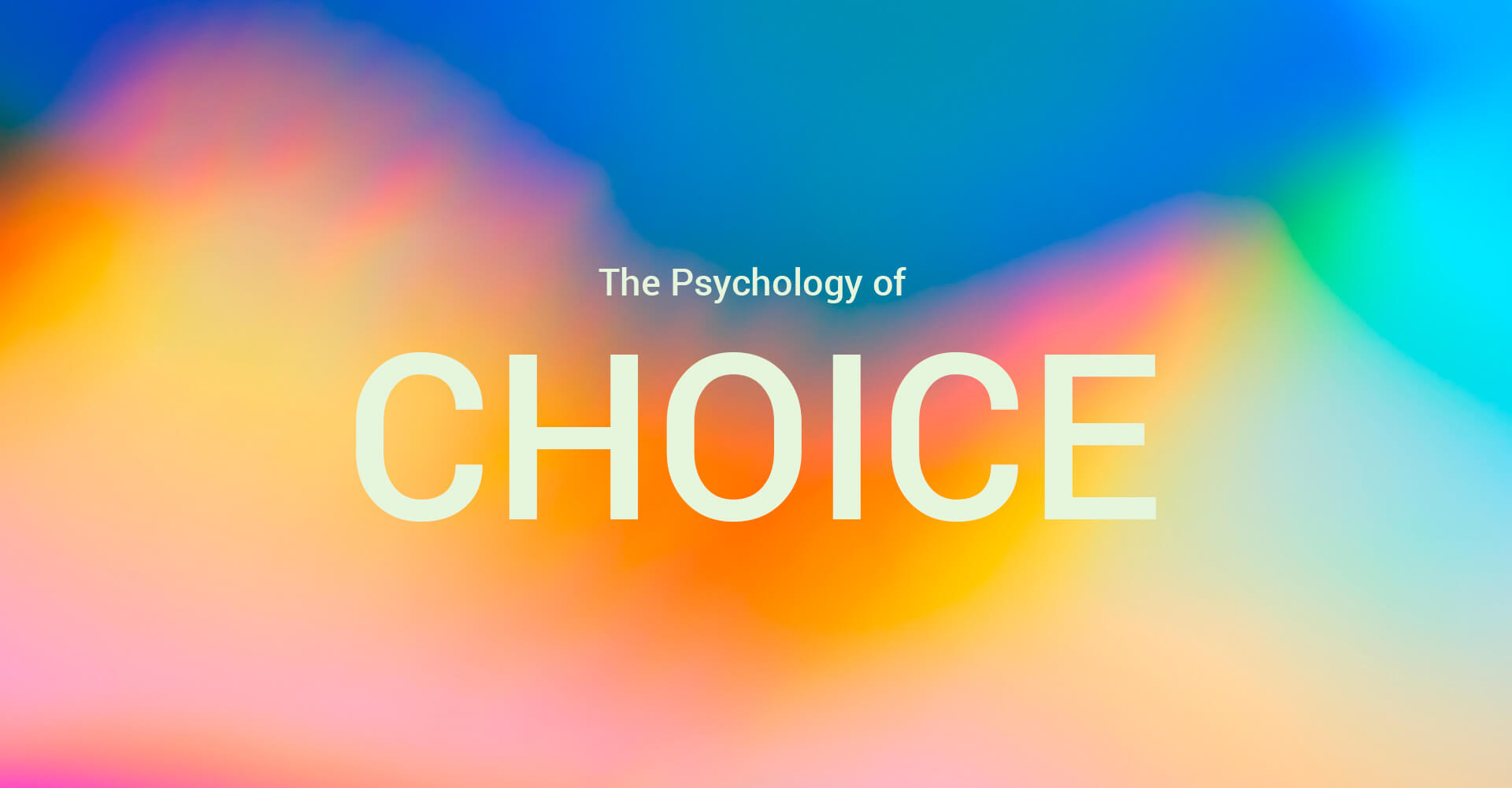Picture yourself in a grocery store aisle, bombarded with countless options and unsure which one to select. Many people face this overwhelming sensation when confronted with an excessive number of choices. In the digital realm, the psychology of choice is equally crucial in shaping user behavior and decision-making. By understanding the art of leveraging decision-making principles, UI/UX designers can create interfaces that guide users toward desired actions. In this post, I would like to explore the fundamentals of choice psychology and examine real-life examples of how UI/UX design has effectively harnessed these principles to enhance user experiences.
Understanding the Psychology of Choice
The psychology of choice encompasses various cognitive processes and biases that influence how individuals make decisions. Some key principles to consider in the context of UI/UX design include:
- Choice Overload: Presenting users with too many options can lead to decision paralysis, ultimately resulting in reduced satisfaction and engagement.
- Hick’s Law: This principle states that the time it takes for a user to make a decision increases with the number of choices available.
- Anchoring: Users tend to rely heavily on the first piece of information they encounter, using it as a reference point for subsequent decisions.
- Loss Aversion: People generally prefer to avoid losses rather than acquire gains, making them more sensitive to potential downsides.
Real-Life Examples of Choice Psychology in UI/UX Design
Spotify: Curating Personalized Playlists
Spotify, the popular music streaming service, uses choice psychology to curate personalized playlists for its users, offering a tailored experience that minimizes decision fatigue. The platform employs algorithms to present users with music recommendations based on their listening history and preferences, thus reducing the number of choices and enabling users to discover new music they’re more likely to enjoy.

Apple: Streamlining the Product Selection
Apple, known for its minimalist design approach, effectively leverages choice psychology by streamlining its product selection. With a limited range of devices that cater to various user needs, Apple simplifies the decision-making process for customers. By focusing on a few high-quality products, Apple minimizes choice overload, making it easier for users to choose and be satisfied with their purchase.

Asana: Prioritizing Tasks with Clarity
Asana, the widely-used project management app, harnesses choice psychology by providing users with a focused, goal-oriented experience. By presenting a clear, hierarchical structure of tasks and deadlines, Asana helps users prioritize their work and make confident decisions without feeling overwhelmed by too many options. Its intuitive interface allows users to focus on what’s essential, leading to increased productivity.

Incorporating Decision-making Principles into Your UI/UX Design Process
To leverage choice psychology in your UI/UX design process, consider the following strategies:
- Limit Choices: Reduce the number of options presented to users to minimize decision fatigue and improve user satisfaction.
- Simplify Navigation: Design a clear, intuitive navigation structure that helps users find the information they need quickly and efficiently.
- Prioritize Information: Emphasize the most important information and options to guide users towards desired actions.
- Personalize Experiences: Use data-driven insights to tailor your design to individual users, making it more relevant and engaging.
Conclusion
Understanding and leveraging the psychology of choice in UI/UX design can lead to more effective, user-centric experiences that drive engagement, satisfaction, and conversions. By considering decision-making principles and incorporating them into your design process, you can create interfaces that empower users and guide them towards desired outcomes. Remember to keep choice psychology at the heart of your UI/UX design approach, and you’ll be well on your way to creating experiences that resonate with your target audience.


